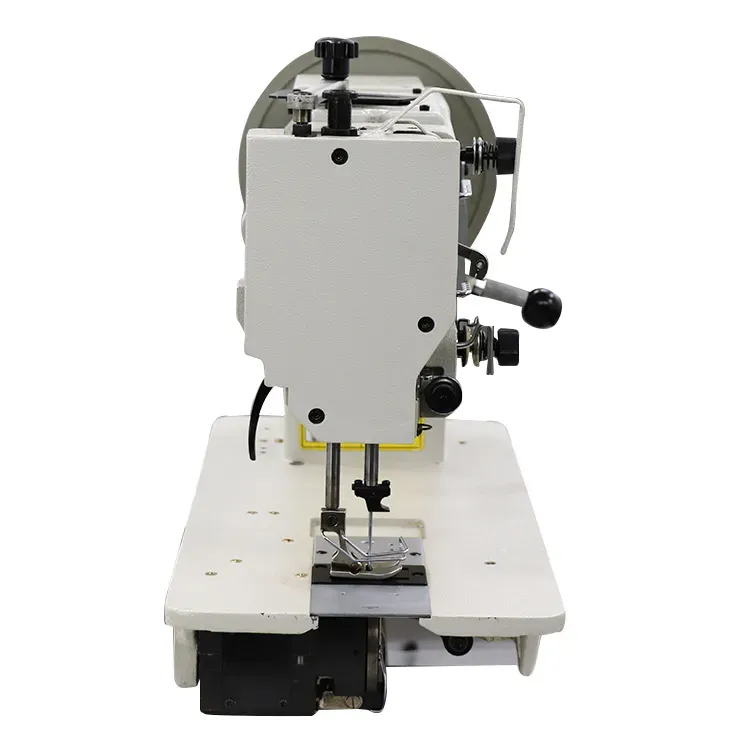sewing thick fabric on sewing machine
Sewing thick fabric can present unique challenges for both beginners and experienced sewists alike. Whether you're working with denim, canvas, upholstery, or multiple layers of fabric, knowing how to handle thick materials properly is crucial for achieving professional-looking results. Here are some essential tips to help you sew thick fabric on a sewing machine effectively.
First and foremost, choose the right needle. When sewing thick fabric, a heavy-duty or denim needle is recommended. These needles have a larger, stronger shaft and a sharp point designed to penetrate thicker materials without bending or breaking. The appropriate needle size can vary, but commonly, a size 14 to 16 should suffice. Make sure to replace your needle regularly, especially when working with thick fabrics, as a dull needle can create skipped stitches and uneven seams.
Sewing thick fabric can present unique challenges for both beginners and experienced sewists alike. Whether you're working with denim, canvas, upholstery, or multiple layers of fabric, knowing how to handle thick materials properly is crucial for achieving professional-looking results. Here are some essential tips to help you sew thick fabric on a sewing machine effectively.
Using the right presser foot is equally important. A walking foot or even-feed foot can be tremendously helpful when sewing thick fabrics, as it helps to move layers of fabric evenly through the machine, preventing shifting and ensuring an accurate seam. If you don’t have a walking foot, you can also use a Teflon or roller foot, which can provide better grip on slippery materials.
sewing thick fabric on sewing machine

Another key tip is to support the fabric as you sew. Thick fabrics can be heavy and cumbersome, so it’s important to guide the fabric gently without pulling or forcing it through the machine. Use your hands to support the fabric, especially at the beginning and end of seams, to allow for a more controlled sewing experience.
Finally, always do a test run on a scrap piece of the same fabric before working on your actual project. This practice allows you to fine-tune your settings and ensure that everything is working smoothly. Additionally, allows you to experiment with different stitches or techniques to see what works best for your chosen fabric.
In conclusion, sewing thick fabrics requires special attention to needle choice, machine settings, and fabric handling techniques. With the right tools and a bit of practice, you can confidently tackle any thick fabric project and create beautiful, durable items that stand the test of time. Happy sewing!
-
Industrial Cylinder Arm Sewing Machine: Revolutionizing Heavy-Duty SewingNewsJul.28,2025
-
Cylinder Arm Sewing Machine: Perfect for Special Sewing ApplicationsNewsJul.28,2025
-
Cylinder Bed Sewing Machine: Essential for Sewing Complex MaterialsNewsJul.28,2025
-
Heavy Duty Sewing Machine: The Essential Tool for Industrial ApplicationsNewsJul.28,2025
-
Computerized Pattern Sewing Machine: Revolutionizing Precision StitchingNewsJul.28,2025
-
Heavy Duty Industrial Sewing Machine: Power Meets PrecisionNewsJul.28,2025
-
Leather Sewing Machine: The Industrial Standard for Tough MaterialsNewsJul.18,2025





























